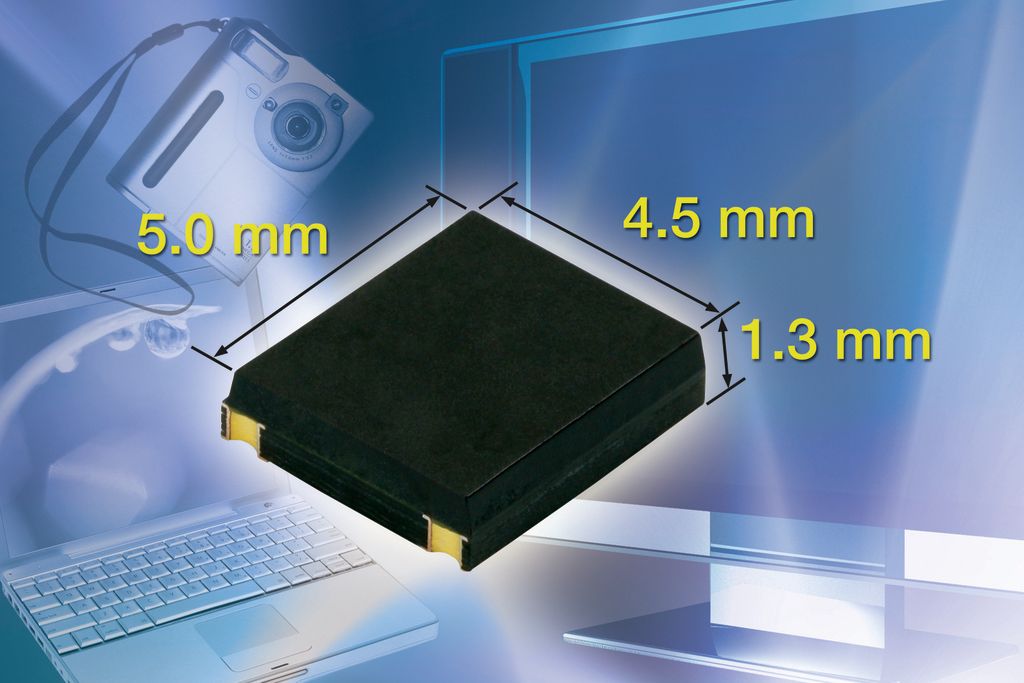U.S. Army Parade Fails to Impress Chinese Military Analysts, Remaining Unchanged
US Army's Anniversary Spectacle
The spectacle for the US Army's 250th anniversary unfolded an array of American military equipment, from Abrams tanks to Paladin artillery, and even cutting-edge tech like robotic dogs and drones, AH-64 Apache helicopters, and Joint Light Tactical Vehicles.
But what about the newer additions such as drones and robotic canines? Their purpose in a potential conflict remains somewhat of a mystery.
Military analyst Song Zhongping, a former People's Liberation Army (PLA) instructor, noted that many of the US Army's weapons had been in development before their Chinese counterparts, with recent upgrades. However, he acknowledged some shortcomings in the American gear to an extent.
Modern Warfare Meddlers
Military planners now lean on drones and robotic dogs due to their unique capabilities, surpassing traditional platforms like helicopters. Here's a glimpse into their battlefield roles and what distinguishes them from conventional tools such as the Z-20 helicopter.
Drones: The Unmanned Harbingers
- ** Intelligence Gathering**: Drones provide real-time intelligence, surveillance, and reconnaissance (ISR) over vast territories, often autonomously or with minimal human involvement.
- Precision Strikes: Advanced drones can conduct pinpoint assaults on enemy targets, minimizing risk to human operators.
- Logistics Assistance: Some models have been designed for delivering supplies to troops in hazardous environments where ground transport is tricky or impossible.
- Electronic Warfare: They can interfere with enemy communications or deploy decoys to mislead air defenses.
Robot Dogs: The Quadrupedal Comrades
- Reconnaissance and Surveillance: Robot dogs traverse treacherous or off-limits terrain (e.g., urban rubble, tunnels, trenches) to gather intelligence.
- Threat Detection: Equipped with sensors and cameras, they spot potential hazards like explosives or enemy movement, secure areas, and patrol.
- Logistics Support: Some models can carry equipment or supplies to troops in difficult terrains.
- Decoy: In specific scenarios, robot dogs act as decoys, diverting enemy fire or drawing attention away from actual troops.
- Combat Augmentation: While direct combat roles are limited and ethically debated, some prototypes have been tested with weapon mounts.
Battle of the Bots: Western vs. Chinese Technologies
- Western Systems: The U.S. and allies lead the charge in deploying versatile autonomous systems. American robot dogs, for instance, boast AI, LIDAR, and secure communications, enabling semi-autonomous operation and real-time data sharing.
- Chinese Counterparts: Details about the latest Chinese robot dogs and their operational roles are scarce. While military experts acknowledge the proliferation of these technologies, there's limited information on their capabilities compared to U.S. systems.
- UAVs: Both sides heavily invest in drones, with China - developing advanced UAVs - and the West - focusing on autonomous swarming and AI integration.
The Z-20 Helicopter and its Unmanned Counterparts
The Z-20 is a Chinese medium-lift utility helicopter resembling the U.S. Black Hawk, primarily used for troop transport, search and rescue, logistics support, and special operations. Here's how unmanned platforms compare:
| Feature/Role | Drones & Robot Dogs | Z-20 Helicopter (and similar) ||----------------------|-----------------------------|------------------------------------|| Autonomy | High (semi- to fully autonomous) | Low (requires human crew) || Risk to Personnel| Minimal (remotely operated) | High (exposes human crew) || Versatility | Surveillance, strike, logistics, reconnaissance | Troop transport, logistics, search/rescue || Deployment Speed | Rapid (small, mobile) | Moderate (requires airfield, refueling) || Terrain Adaptability | High (urban, tunnels, trenches) | Limited by rotorcraft constraints |
In summary:- Drones and robot dogs offer autonomous or semi-autonomous reconnaissance, logistics, and even strike functions, minimizing human exposure while extending military capabilities into high-risk environments[1][2].- Z-20 and similar helicopters remain essential for swift troop movement and logistics but expose crews to greater hazards and have limited terrain adaptability.- Chinese unmanned systems are progressing rapidly, yet specifics about their deployment models and capabilities remain scarce compared to their Western counterparts[4].
These technologies are not designed to replace traditional platforms but to complement them, ushering in a more distributed, interconnected, and AI-supported combat landscape[1][2][5].
- In the future, diplomacy and military strategies may need to account for the increasing reliance on drones and robotic dogs in modern warfare, as these technologies offer unique advantages in reconnaissance, logistics, and even precision strikes.
- As data-and-cloud-computing continues to advance, it will likely play a crucial role in the operation and coordination of military drones and robotic dogs, enabling real-time data sharing, AI integration, and autonomous or semi-autonomous functions.
- In the arena of arts and humanities, the portrayal of military technology, such as drones and robotic dogs, in movies, books, and other media, may contribute to public perception, ethical debates, and future developments in this rapidly evolving field.





